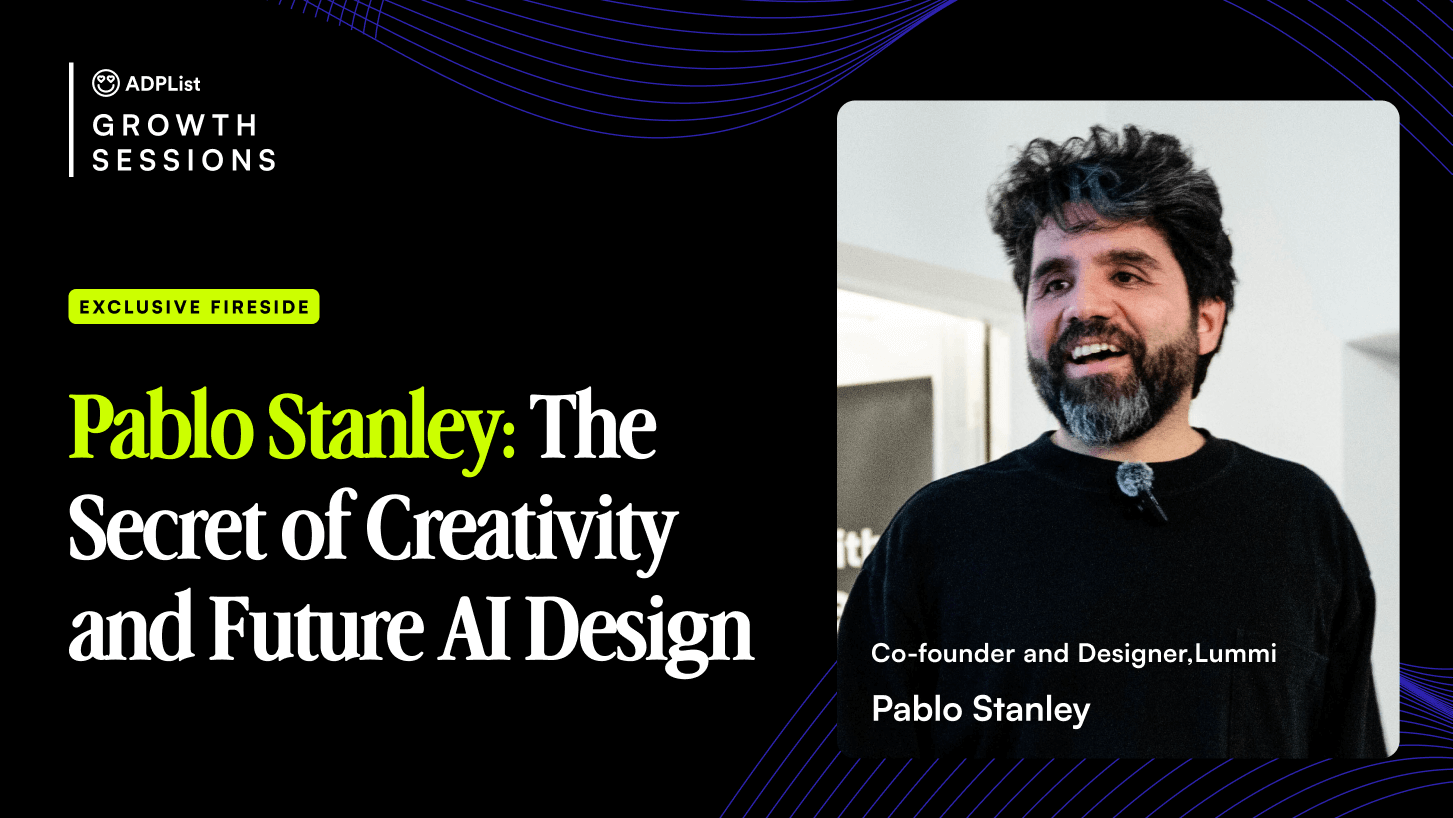Reflecting on Pablo Stanley’s Talk: Secret of Creativity, AI and Design
- Aki Tanaka

- Jan 21
- 3 min read
Updated: Feb 13
Attending Pablo Stanley’s session on “Secret of Creativity & AI Design” was truly inspiring. Pablo, known for his contributions to AI-driven tools like Musho and Lummi, shared valuable insights into how designers can harness AI to stay creative, lead effectively, and adapt to this transformative era.
One part of his talk that particularly resonated with me was his candid reflection on his own career journey. He shared how, early in his career, he thought he had everything figured out, but over time, he realized the importance of continuous learning and embracing new skills to stay relevant (he kept mentioning The Dunning-Kruger Effect). That sentiment struck a chord with my own experiences as a design leader.
AI as a Creative Partner
Pablo highlighted the importance of viewing AI as a creative collaborator rather than merely a tool. Examples like Cursor and V0 illustrate how AI can help designers brainstorm, refine, and execute ideas more efficiently. These platforms allow us to spend less time on repetitive tasks and focus more on the strategic and creative aspects of our work.
For me, this reframed how I see AI’s role in the design process. It’s not just about saving time but about unlocking new creative possibilities. With AI managing foundational tasks, we can dedicate more energy to refining concepts and ensuring that our vision is fully realized.
Leadership in the AI Era
Pablo also discussed leadership in this evolving landscape. Being a leader, he explained, is no longer about having all the answers. Instead, it’s about setting a vision for how AI can be thoughtfully integrated, inspiring teams to embrace innovation, and maintaining ethical design practices.
Reflecting on my own path, I’ve realized that effective leadership often means staying curious, fostering collaboration, and being open to new approaches—even when they feel unfamiliar or challenging. As AI continues to reshape our industry, guiding teams through these changes with clarity and purpose is more important than ever.
Focusing on What Makes Us Human
While AI offers incredible capabilities, Pablo reminded us of the importance of what makes us unique as designers: empathy, creativity, and ethics. AI might assist in generating designs or automating tasks, but it’s our responsibility to infuse those designs with meaning and intent.
He emphasized that designers should take an active role in shaping AI’s development. By doing so, we can ensure these tools amplify human values and creativity rather than simply replacing them.
A Reflection on Growth
Pablo’s reflections prompted me to think about my own growth as a designer. Early in my career, I believed mastering technical skills would be enough. But over time, I’ve learned that staying relevant means continuously evolving, embracing new challenges, and stepping outside my comfort zone.
AI is just the next chapter in that story. For designers, it’s not about competing with technology but leveraging it to elevate our work, focus on what truly matters, and create deeper connections through design.
Moving Forward
One of impactful insights was: “Have a stake in AI development. Become tastemakers and shape the vision and direction.” This call to action feels particularly relevant as we navigate the future of design and technology.
AI is here to stay, but as designers, we have the unique opportunity to guide how it’s implemented into our workflows and industries. This isn’t just a challenge—it’s an exciting opportunity to ensure that AI aligns with the principles that make design impactful and meaningful.
I left the session feeling both inspired and energized. The tools we use are evolving, and so are we. It’s an exciting time to be a designer, and I’m ready to embrace the possibilities that AI brings to our craft.




Comments